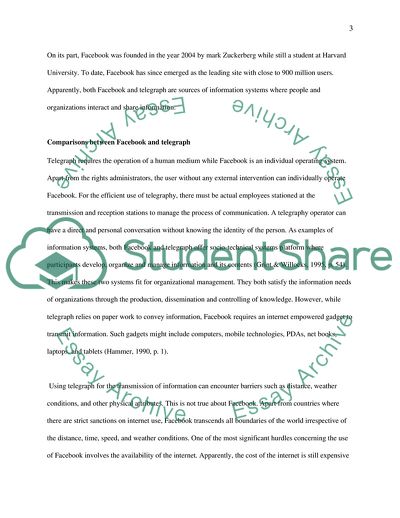Cite this document
(Information Management and The Impact of Sociotechnical Systems Coursework Example | Topics and Well Written Essays - 2000 words - 3, n.d.)
Information Management and The Impact of Sociotechnical Systems Coursework Example | Topics and Well Written Essays - 2000 words - 3. https://studentshare.org/information-technology/1790571-information-management
Information Management and The Impact of Sociotechnical Systems Coursework Example | Topics and Well Written Essays - 2000 words - 3. https://studentshare.org/information-technology/1790571-information-management
(Information Management and The Impact of Sociotechnical Systems Coursework Example | Topics and Well Written Essays - 2000 Words - 3)
Information Management and The Impact of Sociotechnical Systems Coursework Example | Topics and Well Written Essays - 2000 Words - 3. https://studentshare.org/information-technology/1790571-information-management.
Information Management and The Impact of Sociotechnical Systems Coursework Example | Topics and Well Written Essays - 2000 Words - 3. https://studentshare.org/information-technology/1790571-information-management.
“Information Management and The Impact of Sociotechnical Systems Coursework Example | Topics and Well Written Essays - 2000 Words - 3”. https://studentshare.org/information-technology/1790571-information-management.


